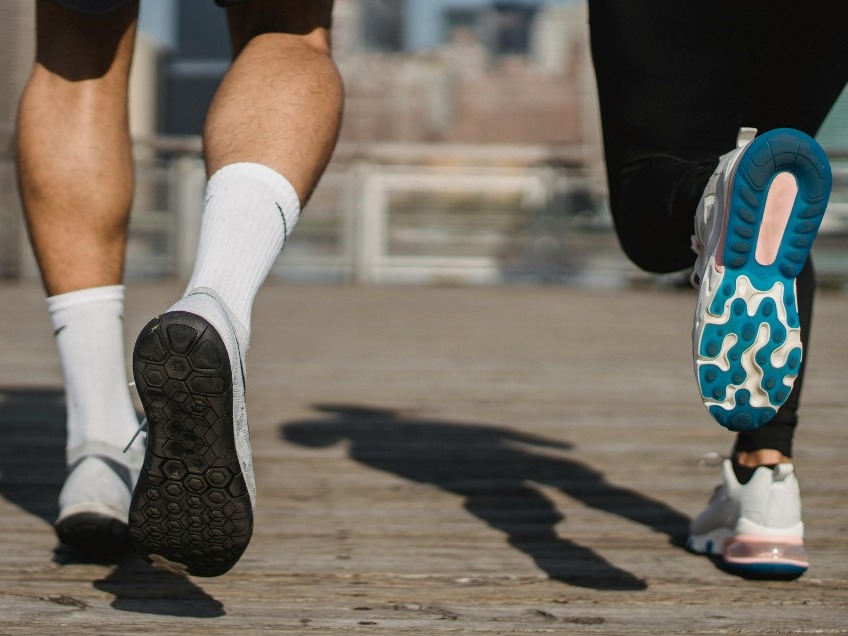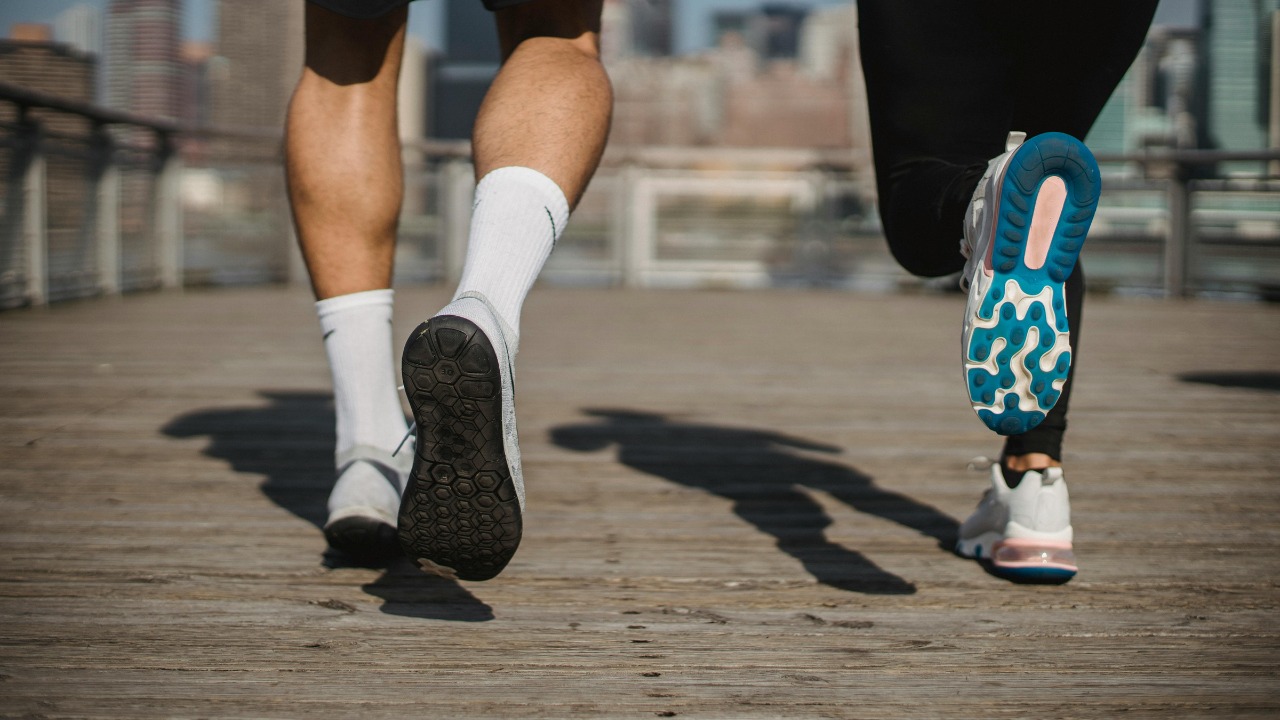


Choosing the perfect pair of running shoes is essential for enhancing performance, preventing injuries, and ensuring maximum comfort. With so many options available, it’s easy to get overwhelmed by different brands, features, and technical terms. Whether you’re training for a marathon, jogging for fitness, or just starting out, selecting the proper footwear can make a significant difference.
1. Know Your Foot Type:
Before buying running shoes, determine your foot arch type:
Planning for a marathon? Make sure you check these things to do before a marathon before you start training.
2. Choose the Right Shoe for Your Running Style:
Not all running shoes are the same. Pick one based on your needs:
Want to test your shoes with a group? Join one of the best running clubs in Mumbai to train with experts!
3. Get the Correct Shoe Size:
Your running shoes should be slightly larger than your regular shoes.
New to running? Learn the basics with these running tips for beginners to avoid common mistakes.
4. Consider Cushioning & Shock Absorption:
Different running styles require different levels of cushioning:
If you're preparing for a race, don’t forget these things to do before a marathon to optimize your training.
5. Pay Attention to Heel-to-Toe Drop:
The heel-to-toe drop affects running form:
6. Replace Your Running Shoes Regularly:
Running shoes wear out over time.
Signs you need a new pair:
Planning your next marathon? Check out top full marathon events.


